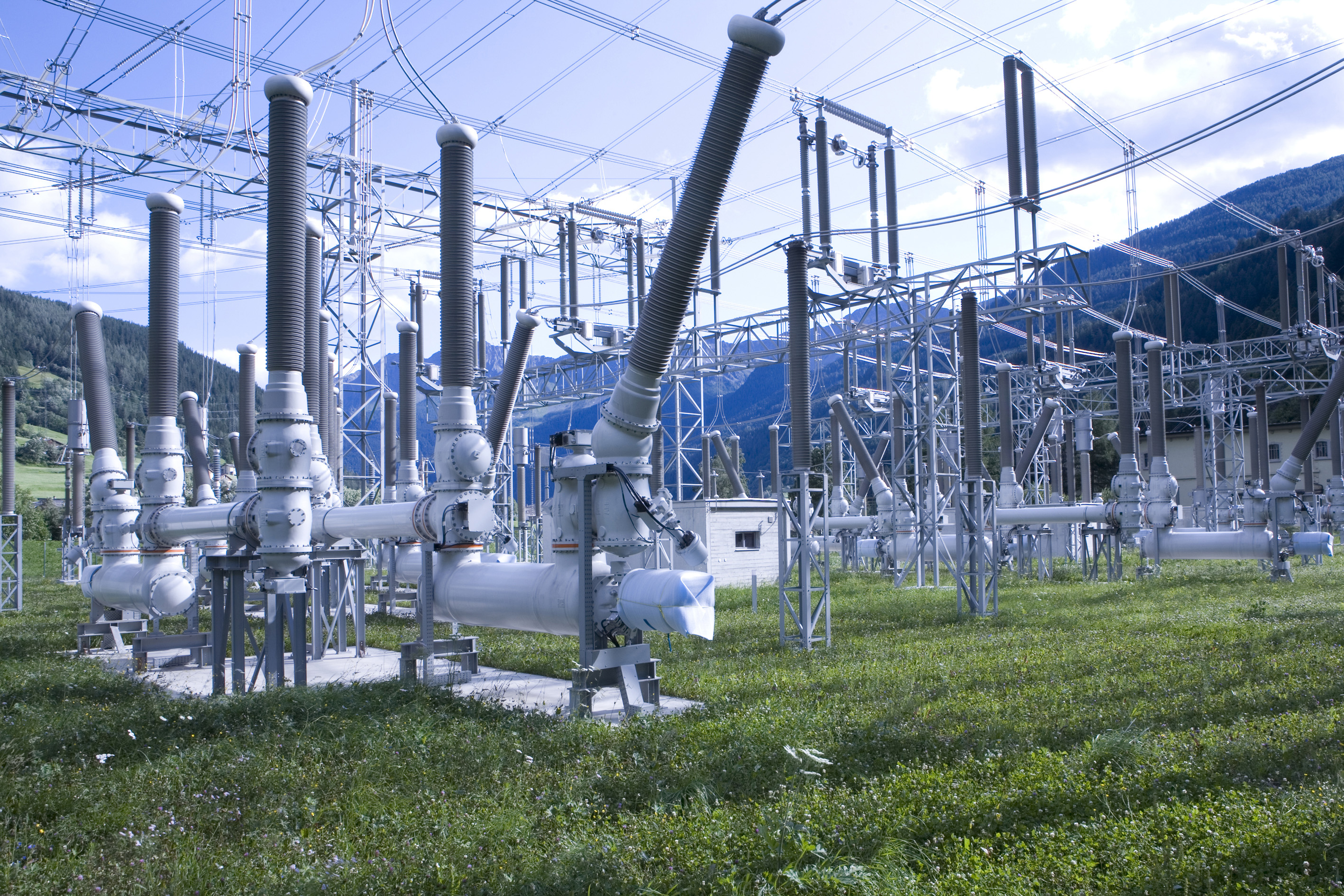Electricity supplies to steel mills have shot up by at least 30% over the last two months compared to the same period of a year ago.
Energy Minister Ali Akbar Mehrabian made the statement while addressing members of the Iranian Steel Producers Association in Tehran on Monday.
“The state-run Power Generation, Distribution and Transmission Company [Tavanir] has been able to provide industries, especially steel producers, with more power as they have helped increase electricity output during the last two years,” Mehrabian was quoted as saying by the Energy Ministry’s news portal.
“Industries started building their own power plants last year and added close to 400 megawatts of power to the national grid since a year ago and 1,500 MW will also be synchronized with the grid by March 2024,” he added.
The minister stressed that not only do industry-financed power stations help achieve self-sufficiency in power supplies, but they also sell the surplus electricity to Tavanir to generate additional revenue.
Providing the steel sector with sufficient power is of great importance, as it is for the construction, transportation, manufacturing and consumer goods production sectors. It is the backbone of bridges, skyscrapers, railroads, automobiles and appliances.
Steel output capacity has risen by 100 times over the last four decades and is currently near 40 million tons per year.
Commenting on completed and ongoing initiatives, Mehrabian noted that the first and second gas units of Shahid Bakeri Power Plant in Semnan Province, with a capacity of 400 MW, became operational last year and the construction of the third gas units, with a capacity of 200 MW, is underway.
An agreement was signed last year between the Energy Ministry and the Ministry of Industries, Mining and Trade for the construction of power plants by industries.
According to the memorandum of understanding, 10,000 MW of power stations were decided to be funded by industries.
Efforts Underway to Boost Power Generation
Mehrabian said operations are underway to build a facility with a generation capacity of 5,600 MW and others are awaiting licenses.
According to the minister, the first gas-powered unit of Mobarakeh Steel Company’s combined-cycle power plant will be connected to the national grid in August.
“This is the second power station constructed with the investment of industries, which will add close to 900 MW to the national power grid when it becomes fully operational,” he said.
“As per a deal worth $430 million signed between Iran's biggest steelmaker in Isfahan Province and the engineering MAPNA Group in 2021, the latter was tasked with building the facility in three phases. The first gas unit of the plant with a capacity of 300 MW will go on stream in March.”
The facility will comprise two gas units and a steam unit with a generation capacity of 300 MW, and it is expected to become fully synchronized with the power grid in 2024.
Two more power plants funded by Almahdi Aluminum Complex in Hormozgan Province and Lamard Special Economic Zone in Fars Province will be linked to the national power grid by March 2024.
Industries account for 40% of Iran’s annual power consumption of 280 billion kilowatt hours.
Mining and manufacturing industries were adsversely affected by the power supply crisis last summer, as they were forced to halt operations repeatedly in June and July because the state-run utility company could not produce sufficient electricity.
When heavy industrial customers are equipped with their own power stations, they will not need to stop their business in summer when demand exceeds supply.
Peak Demand
If industries complete their power projects, the Energy Ministry guarantees that adequate power will be supplied to factories even during peak demand hours, regardless of households’ consumption level.
According to Mostafa Rajabi-Mashhadi, the spokesman of electricity industry, based on data from academic studies, the average power consumption to manufacture goods and provide services in Iran is at least two times more than the global average.
Rajabi-Mashhadi said that of the total consumption in industries (112 billion kWh), the steel sector accounts for 52%, whereas the figure for producing other metals, namely aluminum and copper, stands at 18%.
“The production of 1 ton of steel in Iran requires 800 kilowatt hours of electricity, which is 300 kWh or 35% higher than the global average,” he added.
The average power consumption to manufacture 1 ton of steel in China, Turkey, India and Russia is approximately 494 kWh, which is 300 kWh less than the power used in Iran’s steel mills.


